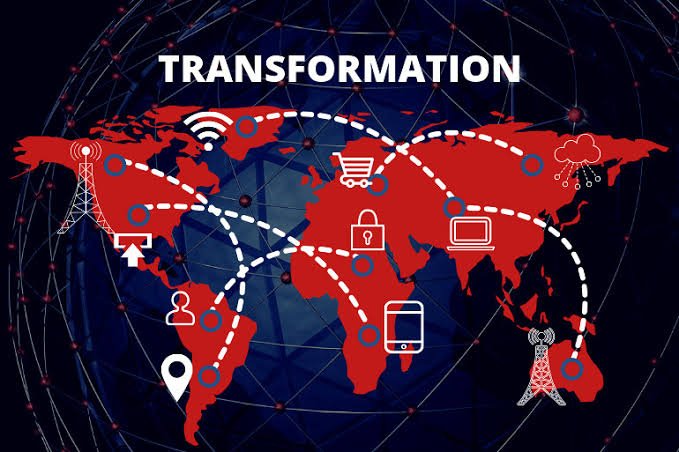Transformation and traffic man

Transportation of materials from sources located in different parts of the country to the user’s plant is of critical importance in the field of materials management. It can be safely said that the cost of transportation of materials account for nearly 10 to 20 per cent of the cost of the materials purchased. In fact, this will be much higher in the case of industries where suppliers are located in remote areas and the industry depends on heavy import. In some cases such as ores, the transportation charges are greater than the cost of the ores. Unfortunately this area has not been given due recognition and very often delegated to lower levels in the organisation. Very few organisations have realised its importance in terms of cost and customer service and inte-
grated this function under materials management. Quite of ten, it will be noticed that the mode of transportation of materials is left to the suppliers The Materials Manager should constantly seek improvements in transportation with a view to cutting down transportation costs, achieving greater speed and better quality of service. Materials movements may be local, regional and often national or interna-
tional. As the organisations grow in size, transportation becomes very crucial, and effectiveness depends upon the knowledge of alternatives, their rates, schedules, merits and deinerits. Careful planning and analysis with appropriate
controls often yield major economies in the operation, resulting in better service and higher profitability.
The important aspects in traffic and transportation management are choice of mode of transport, route selection, rate verification and auditing, management of claims and lost shipments as well as application of linear programming to minimise transportation costs.
Transport by Shipping
This is generally resorted to in case of imports. The heims used in shipping for imported items are given in Exhibit 1. At times this method is used for movement of materials from one part to another within the country as well. For example. coal is moved from Calcutta port to Madras by ships. By and large transportation by sea is economical when distances involved are very large. Nowadays bulk tankers are built which have a DWT of over 10,000 and more. They ore used for carrying such vital commodities as foodgrains, etc. The increased use of shipping makes us look into the need for more berthing facilities at our ports. Ports at Bombay, Calcutta, and Madras need more berths so as to effectively handle the increasing number of ships which call at them every day. The material handling facilities at ports also require improvement. Bulk ore handling equipments and
other sophisticated material handling devices are required for rapid unloading. On a number of occasions it has been noticed that the unloading process is painfully slow due to inferior handling devices and labour unrest at ports. This, coupled with the absence of an integrated inland transport
system connecting the port with the plants and warehouses in the hinterland, may result in industries starving for materials when they are at port and foodgrains not reaching scarcity areas. It may also be pointed out that customs regulations and formalities if streamlined could result in reduction in administrative lead time and expeditious clearance of materials. Storage facilities at ports are necessarily hit by the factors mentioned above. The facilities can be better utilised by focussing attention on the areas discussed.



